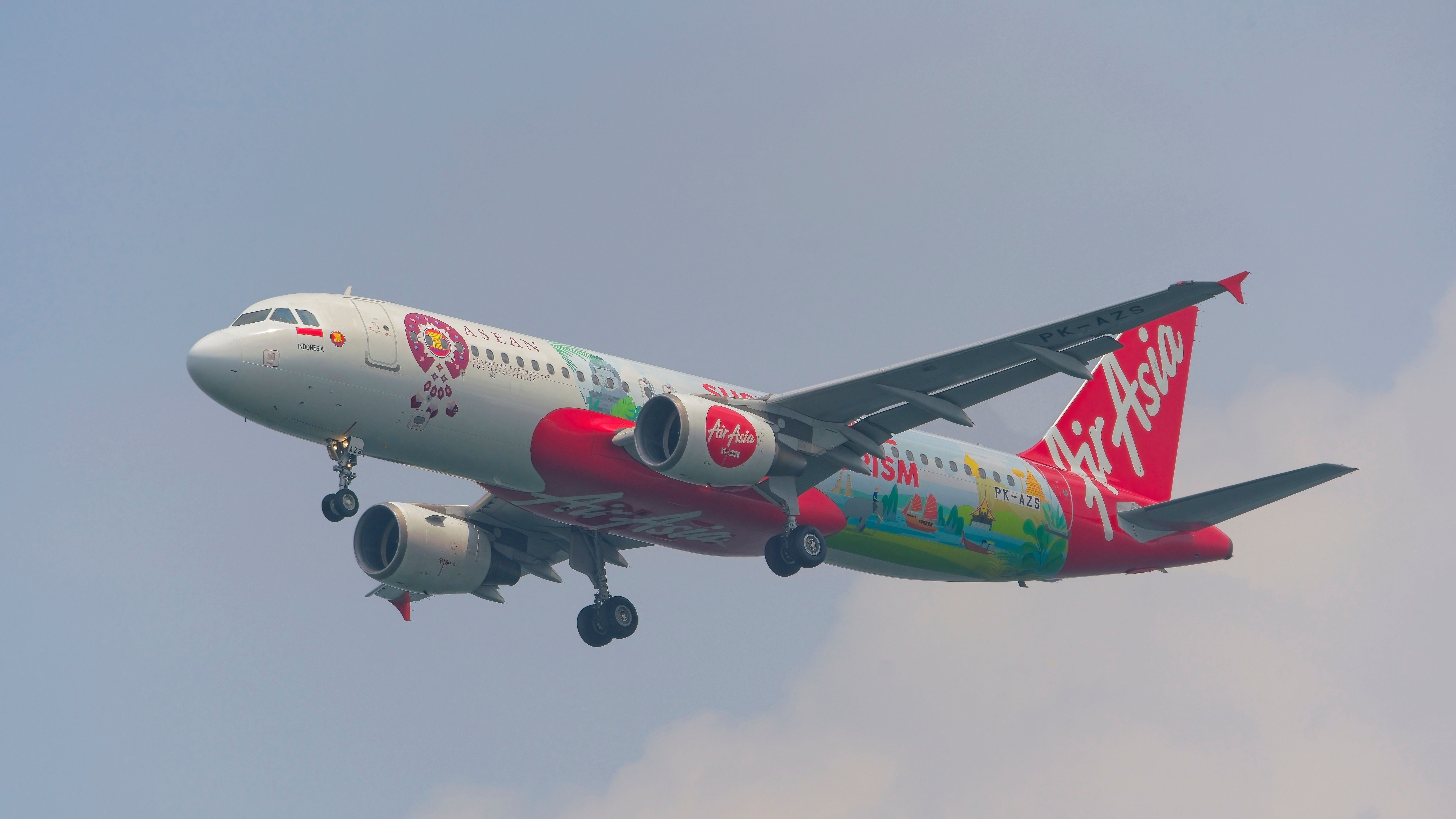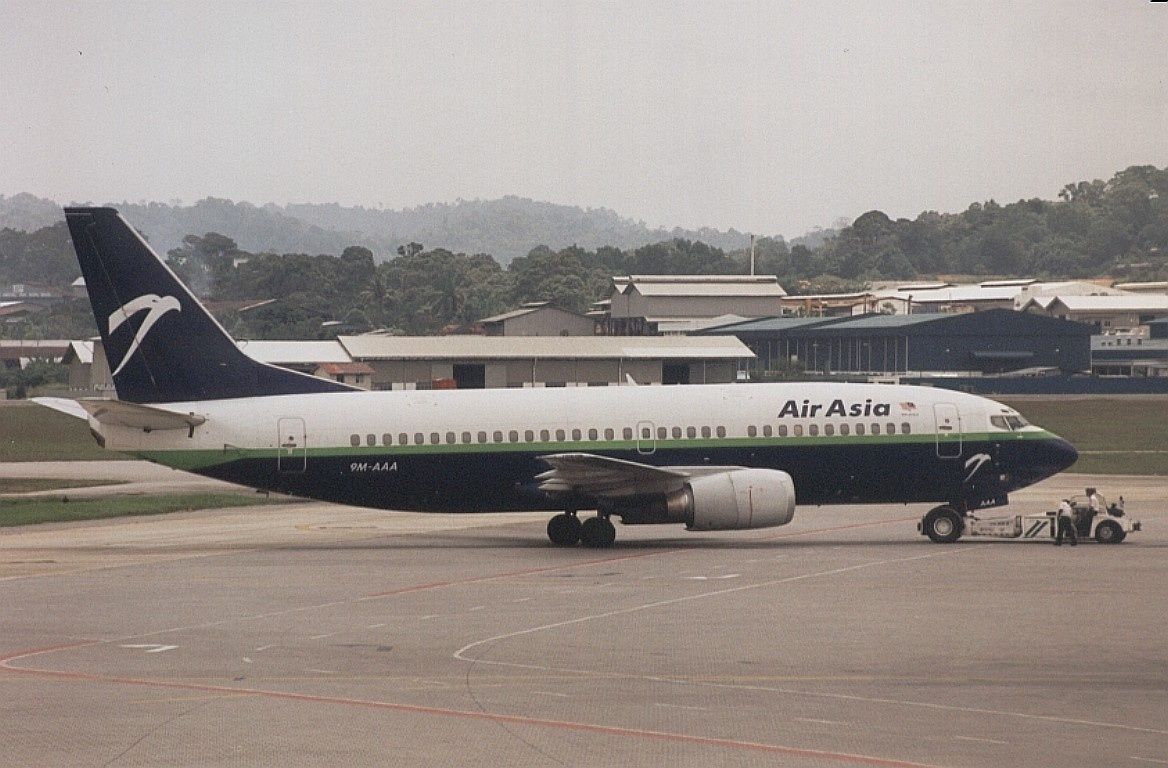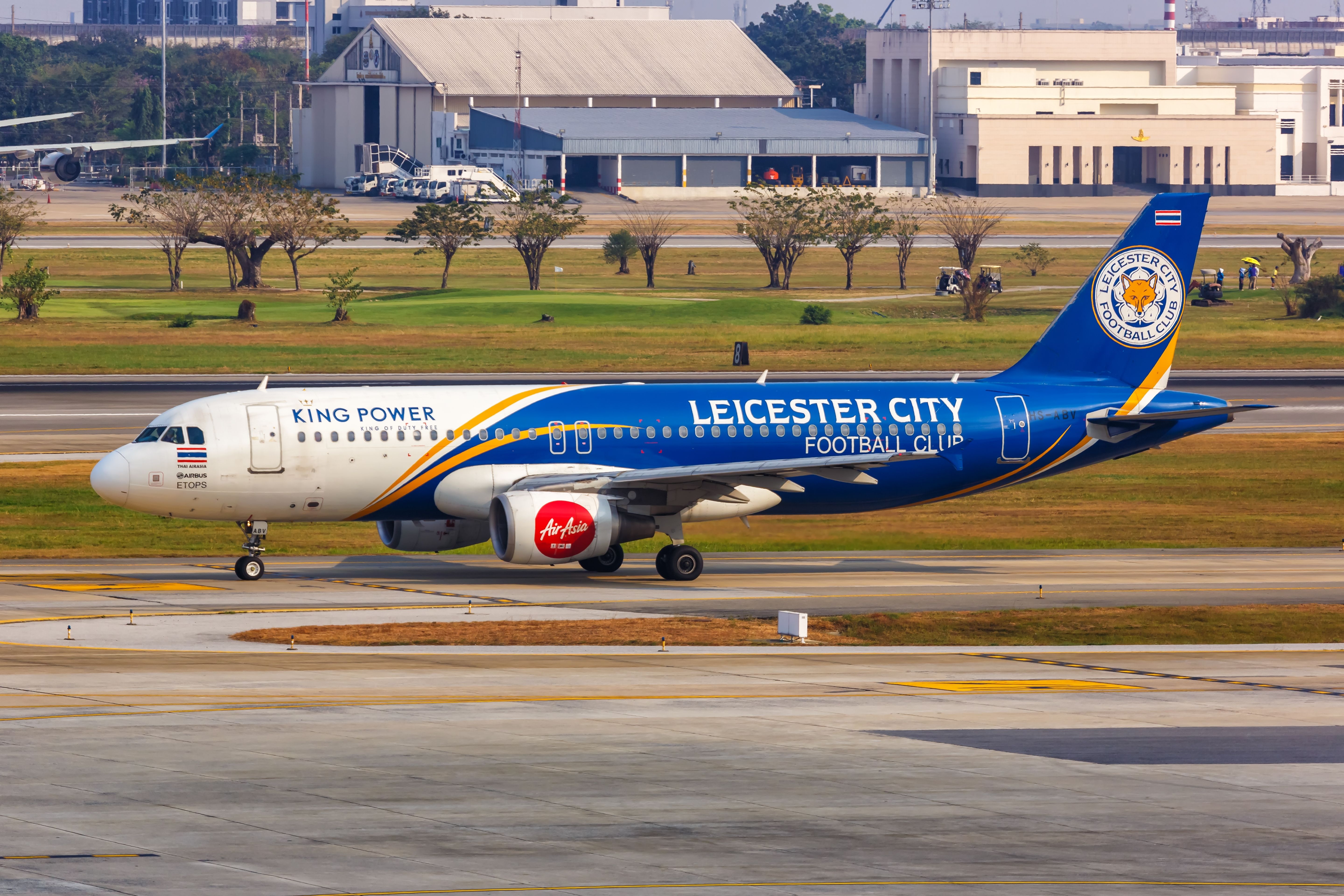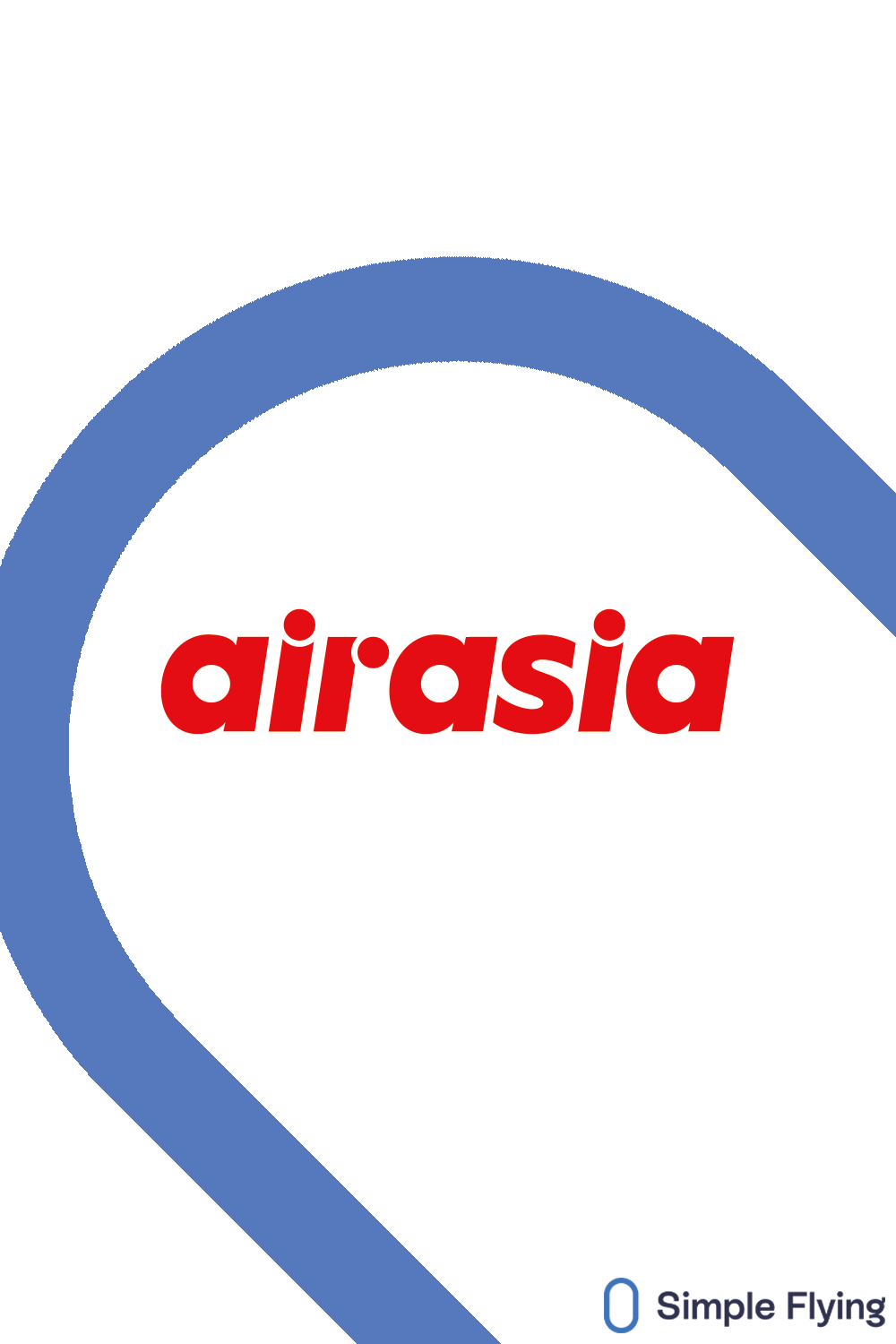AirAsia is a low-cost carrier based in Kuala Lumpur, Malaysia. While the country is home to a widely-revered full-service operator in the form of flag carrier Malaysia Airlines, AirAsia has outgrown it in terms of its fleet and network. With subsidiaries situated across the continent, AirAsia is set to grow even more. The airline has a huge Airbus narrowbody order on the way and is sizing up the acquisition of new widebodies, too.
Formed in 1993, AirAsia commenced operations three years later. Initially formed by a government-owned group, the airline ran into significant debts in its early years. This led to its acquisition by executives including Tony Fernandes in 2001. In the two decades that have followed, AirAsia has established itself as a leading low-cost carrier.
Initially a full-service carrier
Having been established in December 1993, AirAsia took to the skies in November 1996. DRB-HICOM, an automotive conglomerate owned by the Malaysian government, formed AirAsia as a full-service carrier, contrary to its present model as a budget airline.
It initially flew Boeing 737-300s, but also leased widebodies for Hajj charters on a short-term basis at the turn of the century. These included the Boeing 747-200 and the McDonnell Douglas MD-11. As seen below, AirAsia's early livery was relatively plain in comparison to its red color scheme that we know today. This came about after an ownership change.
New ownership
The change in ownership came about in September 2001. At this point, AirAsia had accrued $11 million in debts, which new owners Tune Group took on when they purchased the carrier for a token fee of just 1 Malaysian Ringgit ($0.26). The group was founded by Tony Fernandes, who now serves as AirAsia's CEO. Under his leadership, things have improved.
AirAsia made a strong recovery the following year. Key to this was the decision to restructure as a low-cost carrier rather than persisting with the full-service model that had caused it to face heavy debts. Under the new model, it was able to break Malaysia Airlines' previous monopoly on certain routes from Kuala Lumpur with fares as low as 1 Ringgit ($0.20).
Get the latest aviation news straight to your inbox: Sign up for our newsletters today.
A dominant group today
Having turned a profit in 2002, AirAsia continued to grow the following year. Indeed, 2003 saw it open both its first international route (to Bangkok), and a second hub in Senai. Before long, it had established the first of what has now become many subsidiary airlines.
Known as Thai AirAsia, this division commenced operations in February 2004. Since then, the airline also established subsidiaries in:
- India (AIX Connect, sold to Air India)
- Indonesia (Indonesia AirAsia and Indonesia AirAsia X)
- Japan (Japan AirAsia, now defunct)
- Philippines (Philippines AirAsia)
- Cambodia (AirAsia Cambodia, launching in Nov 2023)
Additionally, it established a long-haul division called AirAsia X which commenced operations in 2007, followed by a Thai offshoot called Thai AirAsia X which launched in 2014.
Following the pandemic, parent company Capital A since returned to profitability in 2023 and recently hinted it was working on a fresh order with Airbus for new widebody aircraft. The carrier already has over 360 Airbus A321neos, 20 A320neos and 15 A330-900neos on order with the European planemaker, so you can expect AirAsia to remain a dominant force in the skies for years to come.
What do you make of AirAsia? Have you ever flown with the Malaysian low-cost carrier, or one of its subsidiaries? Let us know your thoughts and experiences in the comments?





